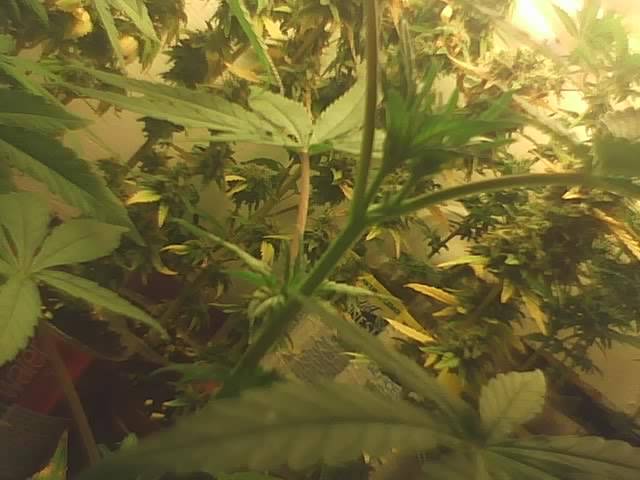justwatchin
Member
Double header
Double header




Five more weeks till
A triple header


This strain is the lowest yielding in the garden. I can't wait to try this on my SSH(MNS). It does affect stretch by about 2-3in, but does not affect flowering time.
Anyone else doing this that care to share experiences, as the good doc seems to have given us up?
[
NO idea how to shrink pics or rotate image. Sorry too anyone with low bandwith, any help would be nice
Double header
Five more weeks till

A triple header

This strain is the lowest yielding in the garden. I can't wait to try this on my SSH(MNS). It does affect stretch by about 2-3in, but does not affect flowering time.
Anyone else doing this that care to share experiences, as the good doc seems to have given us up?
[
Bro ....you are "Looking Good" Mang'.....and as far as my 21 gram cut ...it was a two headed Beast....after you learn to get them to finish where you want.....then it's SOG 102....
learnin' to make a two headed beast out of your gurls....that is where ya can get a nice increase in yur yield.
Note that it is not a two stemed plant it only splits to make 2 top colas...two stems takes up to much room....we only want one stem w/ 2 top colas
This is a "Sweet Sativa" done this way.

NO idea how to shrink pics or rotate image. Sorry too anyone with low bandwith, any help would be nice
Last edited:


